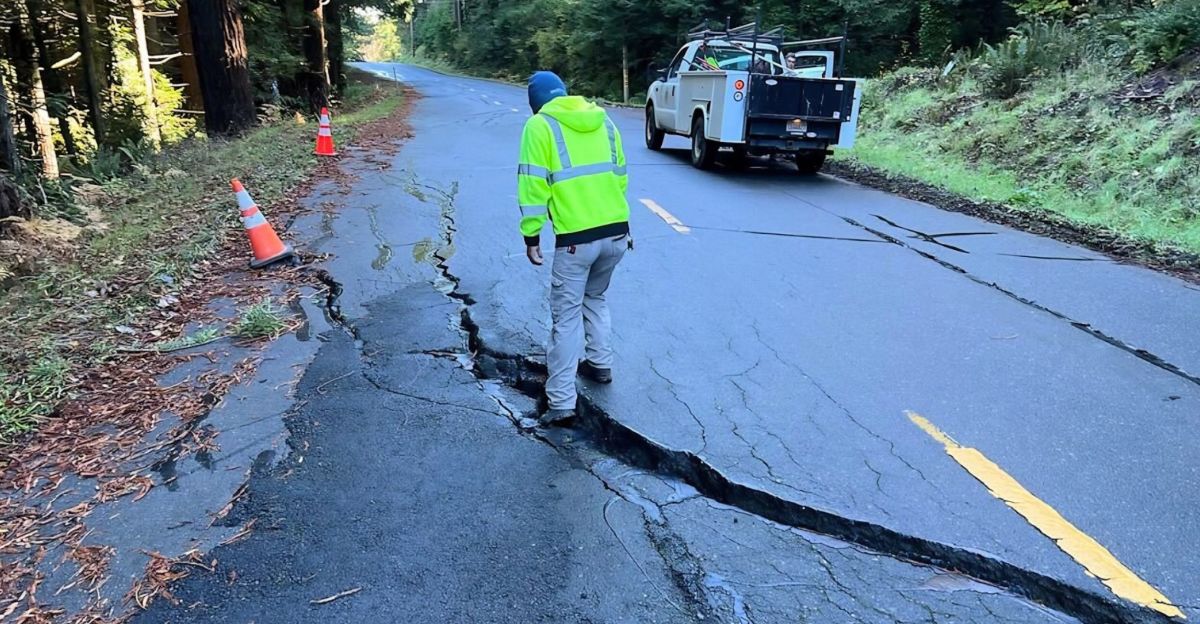
The 3.8-magnitude earthquake that struck Southern California near Mettler this week is a textbook example of the region’s ongoing seismic activity. The United States Geological Survey (USGS) said the earthquake struck west of Mettler at about 12:09 p.m. and magnitude 2 aftershocks could be felt over the next few days.
This event caused no significant injury or damage, but it reminds us that California is earthquake country. The Southern California Seismic Network indicates a 5% chance of a larger shock in the following days, though the likelihood diminishes with time. This incident is part of a broader pattern, thousands of quakes annually, with most too minor to be felt widely,but each reinforcing the need for preparedness.
California and Earthquakes
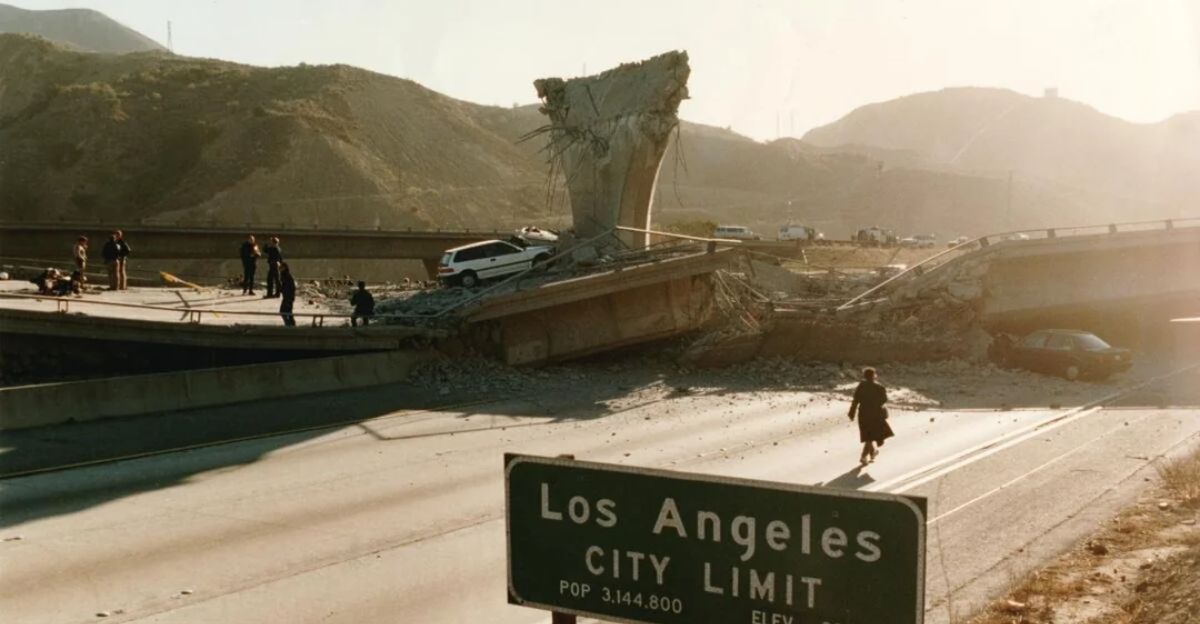
Southern California’s relationship with earthquakes is long and complex. There is also a network of active faults, including the infamous San Andreas and lesser-known ones like those in Kern County. Historically, quakes in the magnitude 4 to 5 range—such as the 5.2 magnitude August 2024 quake—are typically felt in several counties and cause limited damage.
However, these events punctuate decades of seismic research and serve as real-world reminders that “the Big One” isn’t a question of if but when. Even though these are small earthquakes, they should serve as wake-up calls to the people who live in this area that is definitely seismically active, said Dr. Matthew Herman of CSUB, highlighting the region’s vulnerability to larger, potentially damaging events.
Current Seismic Trends
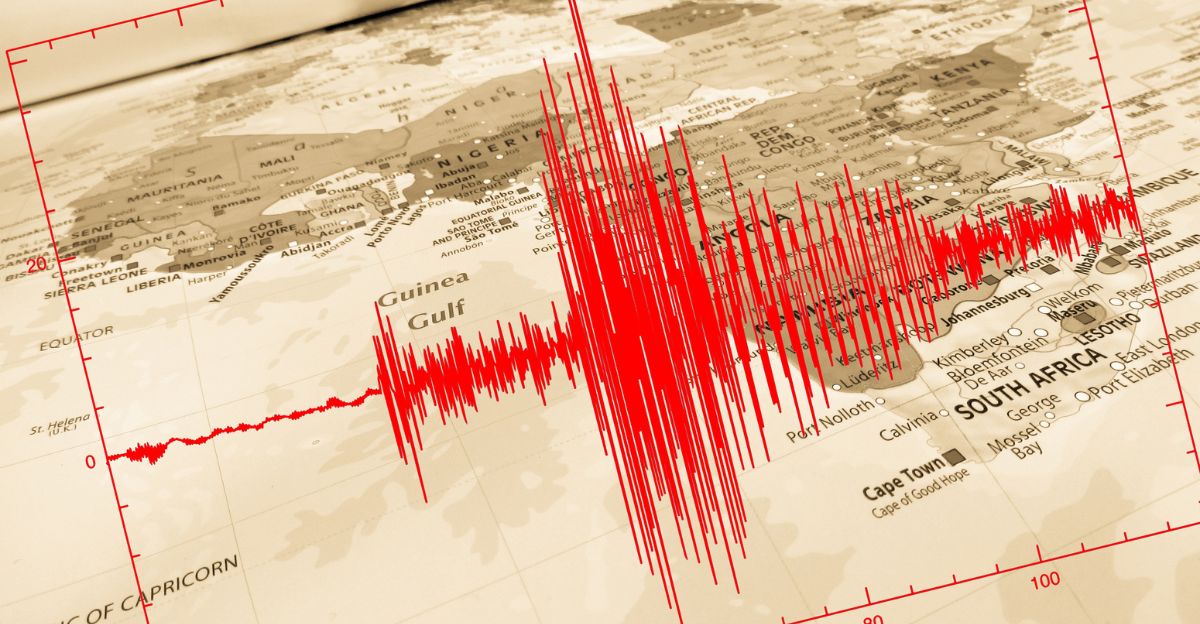
Recent years have brought a notable increase in significant earthquakes throughout Southern California, and seismologists have noticed a small increase in the frequency compared with the previous decades. The USGS reports that the region also experiences more than 10,000 earthquakes annually, though moist are below the threshold of human perception.
The 3.8-magnitude event near Mettler is typical—felt locally but not regionally devastating. However, the clustering of such events, as seen with three “vicious” quakes shortly before Memorial Day, can heighten public anxiety and disrupt daily life, travel, and commerce even when little real damage occurs.
Psychological and Social Consequences

The psychological toll of even small earthquakes is easy to overlook. The 3.8-magnitude quake near Mettler, a geologically minor event, rattled nerves and led to 911 calls, cancellations , and a surge of requests for hotel refunds.
Social media lit up with anxious posts, underscoring how seismic events can trigger primal fears, especially in tourists who know little about California’s seismic reality.
This is also exacerbated by the unpredictable nature of aftershocks, each bringing a further round of anxiety, as well as demands for reassurance about the buildings and emergency response.
Economic and Travel Disruptions
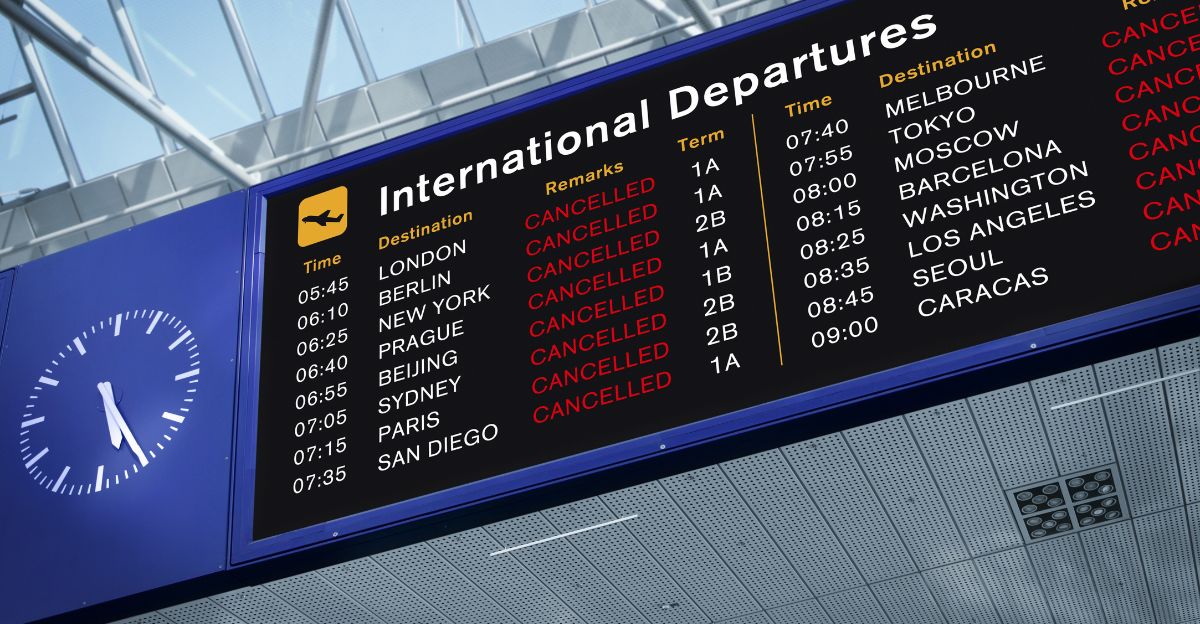
Earthquakes of even moderate magnitudes can send ripples through the economy. Following the recent 3.8-magnitude event, there was a rise in inquiries about travel warnings, flight cancellations, and accommodation refunds near the epicenter. Major hotel chains had activated emergency plans, conducted new inspections of their buildings, and responded to guest inquiries about the availability of seismic safety.
While no one was seriously injured, the effects of the event, which disrupted tourism and slowed local businesses, highlight the hidden costs of living in earthquake country. These disruptions are a reminder that seismic risk is not limited to immediate damage: there is ongoing societal vulnerability.
Infrastructure and Preparation Challenges

Southern California’s infrastructure is both a strength and a vulnerability. Modern buildings are constructed to withstand moderate quakes, but the same can’t be said of older ones and key infrastructure, including roads, bridges, and utility networks.
No damage was reported from the 3.8-magnitude tremor near Mettler, but it set off a review of emergency plans and building safety requirements. Such minor quakes are a reminder of how important it is to revise emergency supplies and prepare for the bigger ones, warn experts such as Dr. Herman.
Contrarian Views and Weird Angles
The conventional wisdom is that only the big earthquakes count, but this is a dangerously short-sighted perspective. The 3.8-magnitude Mettler quake, though minor, revealed weaknesses in public awareness and preparedness. Some say the emphasis on “the Big One” detracts from the collective impact of more frequent, smaller events.
Others point to the fact that the risk of a quake is not restricted to the San Andreas Fault; lesser-known faults, including those in Kern County and elsewhere, are capable of unleashing damaging quakes of their own. This challenges the public to broaden its understanding of seismic risk and prepare for a wider range of scenarios.
Future Trends and Hypothetical Scenarios
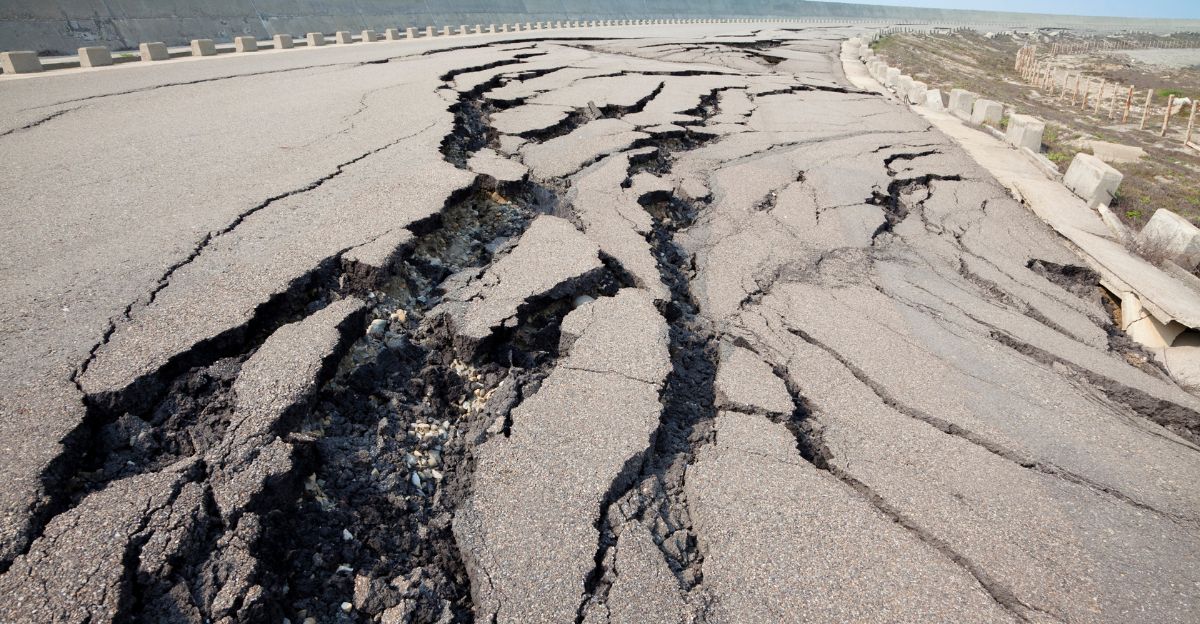
Looking ahead, Southern California will be exposed to both familiar and unfamiliar seismic risks in the future. The USGS and the Southern California Seismic Network have cautioned that quakes of magnitude 3 or higher could pummel that region with a 5% or greater chance that a 3.8-magnitude quake might lead to something bigger.
In theory, if a few moderate quakes were to follow in quick succession, they could combine to overwhelm emergency services, paralyze supply chains, and erode public morale. Such incidents demonstrate the need for solid contingency and public education.
Solutions and Resilience Strategies
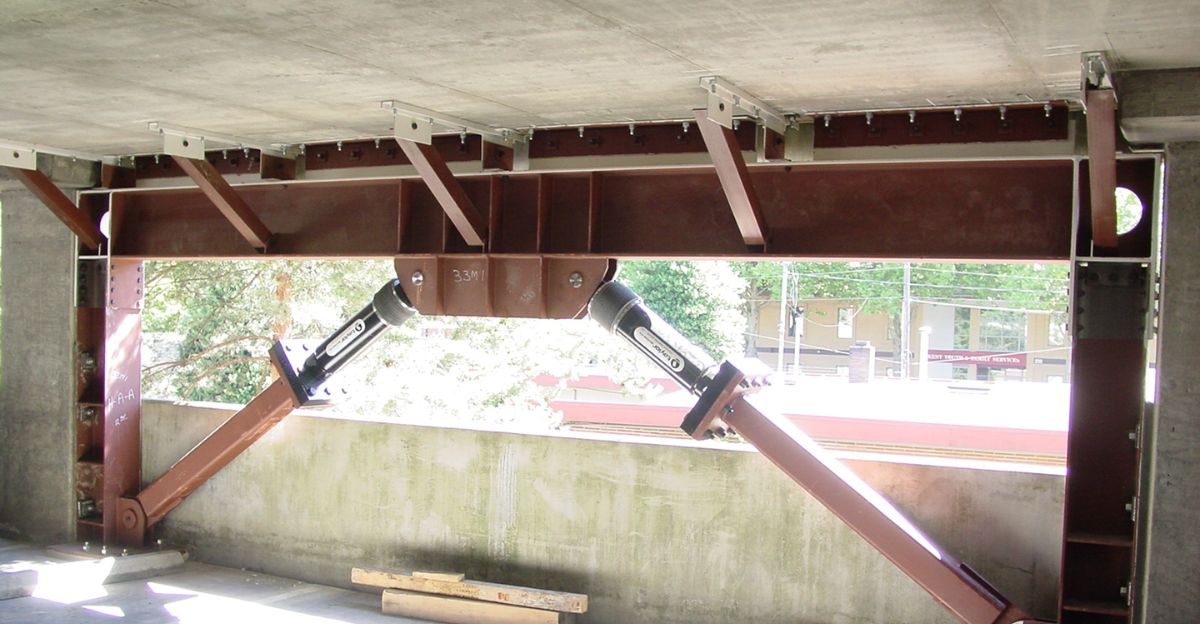
Developing resilience in earthquake country requires a multi-faceted approach. Like much of the world, experts have also called for the timely upgrading of building codes, investment in seismic retrofitting, and a public information campaign. The recent 3.8-magnitude quake near Mettler is a good example: it was enough to get hotels and businesses to review their emergency plans and assure guests.
Long-term solutions include using technology for early warnings, developing community response readiness, and preparing all stakeholders—from individuals to institutions—to respond to small and large earthquakes.
What the Future Holds

The 3.8-magnitude earthquake near Mettler is emblematic of Southern California’s seismic reality: frequent, often minor, but never insignificant. Though this event did not cause any serious damage, it underscored the region’s vulnerability, the psychological and economic tolls of even small quakes, and the value of preparedness.
The danger of aftershocks and the threat of bigger tremors remain, both a reminder to locals and to visitors that earthquake country requires constant alertness. Southern California can transform its seismic risk into an opportunity for innovation and community resiliency by adopting a culture that celebrates preparedness and resilience.
Explore more of our trending stories and hit Follow to keep them coming to your feed!

Don’t miss out on more stories like this! Hit the Follow button at the top of this article to stay updated with the latest news. Share your thoughts in the comments—we’d love to hear from you!







